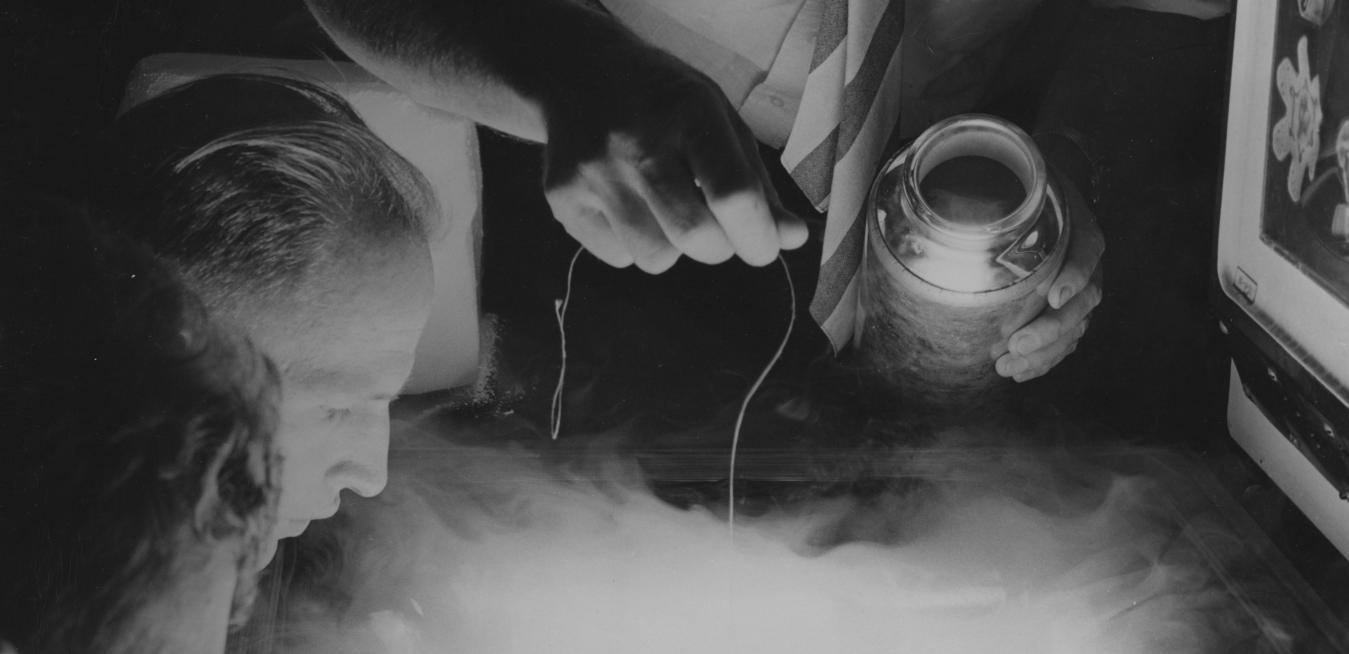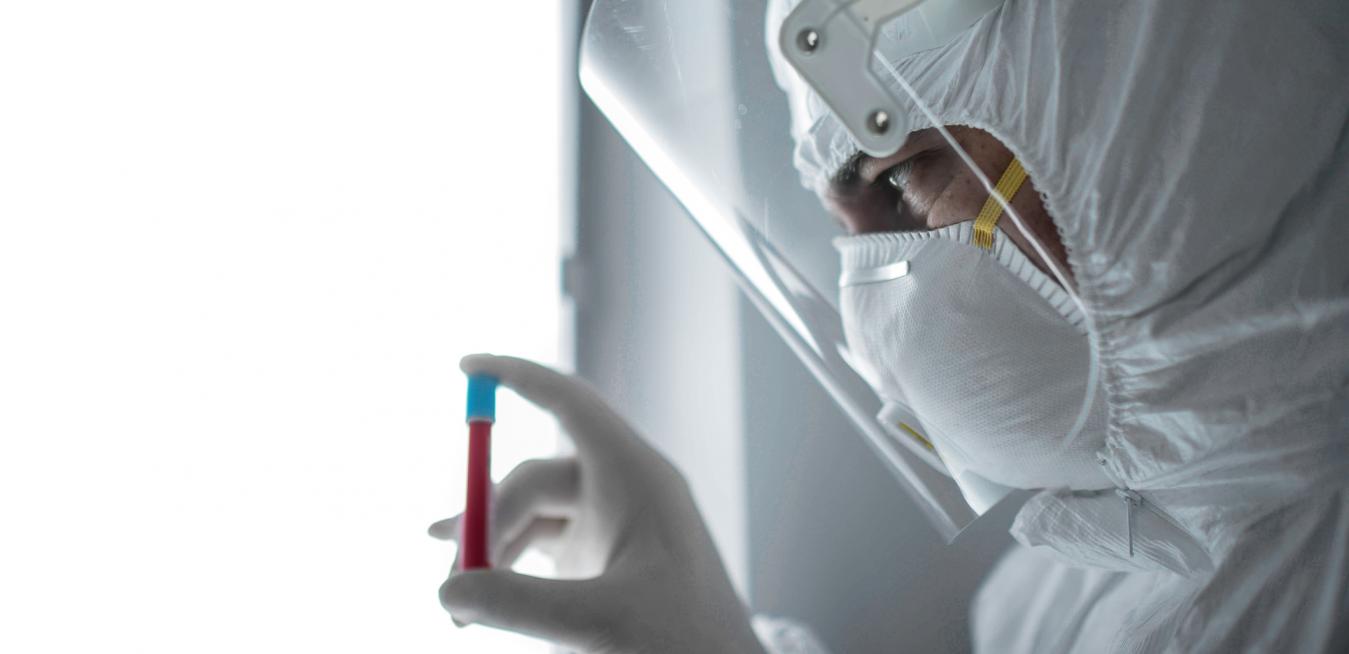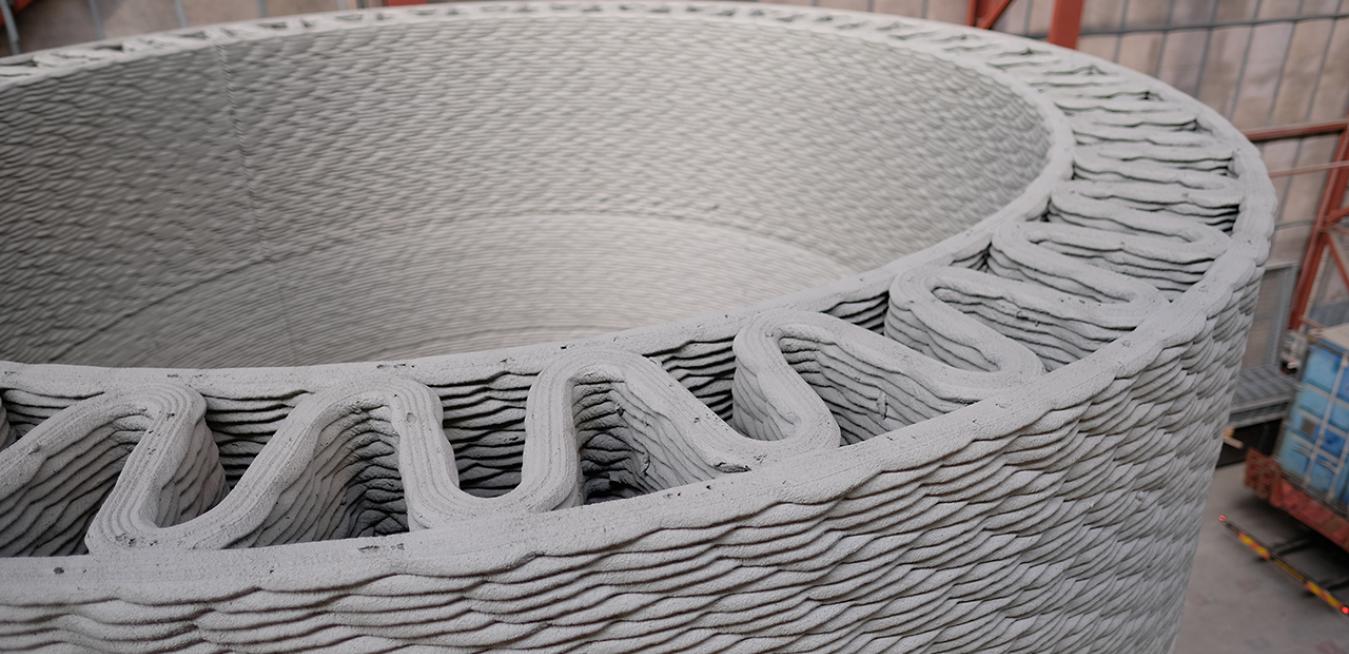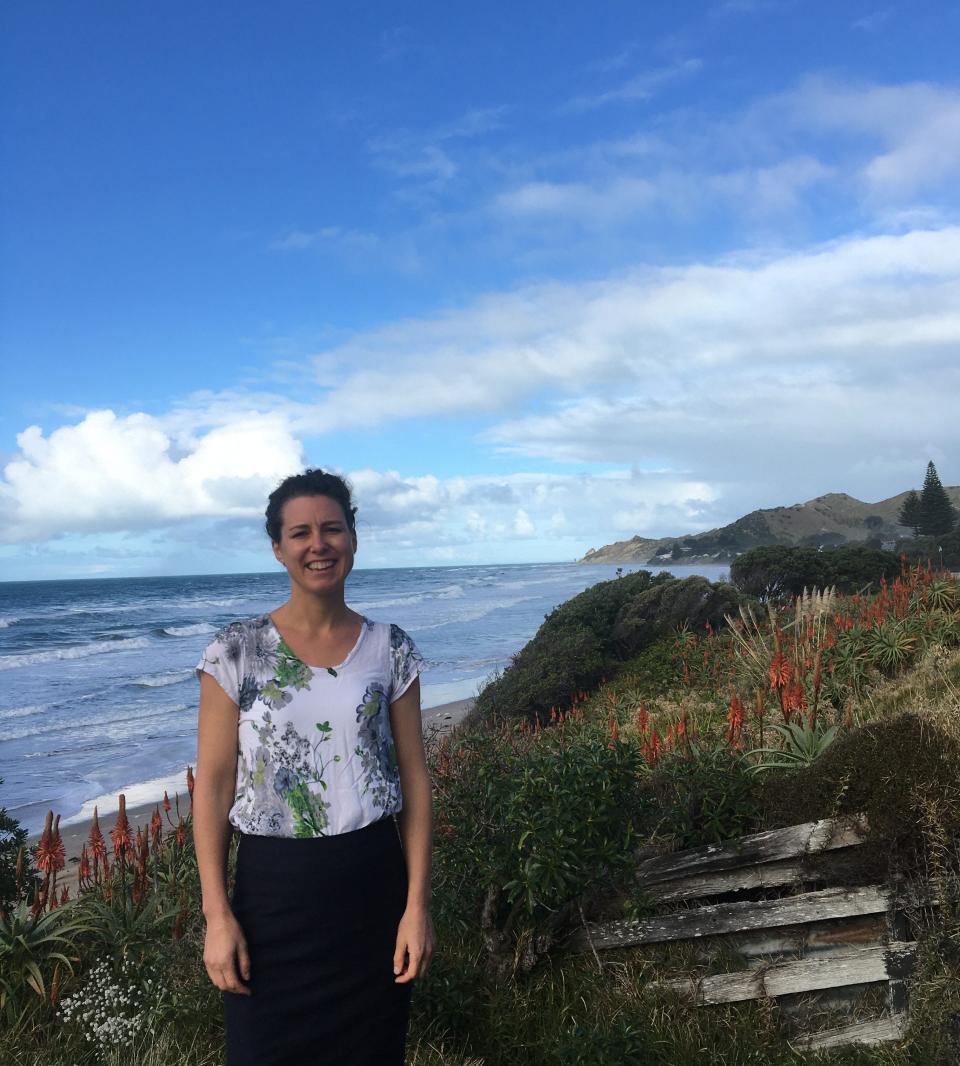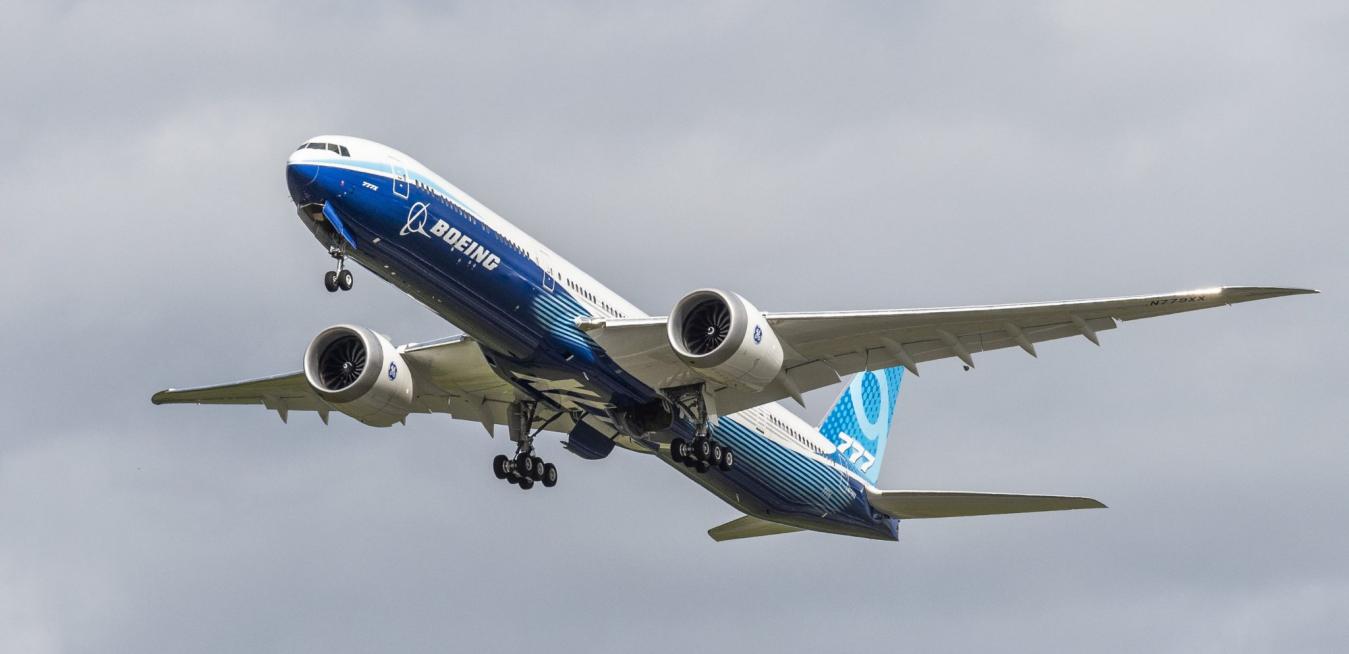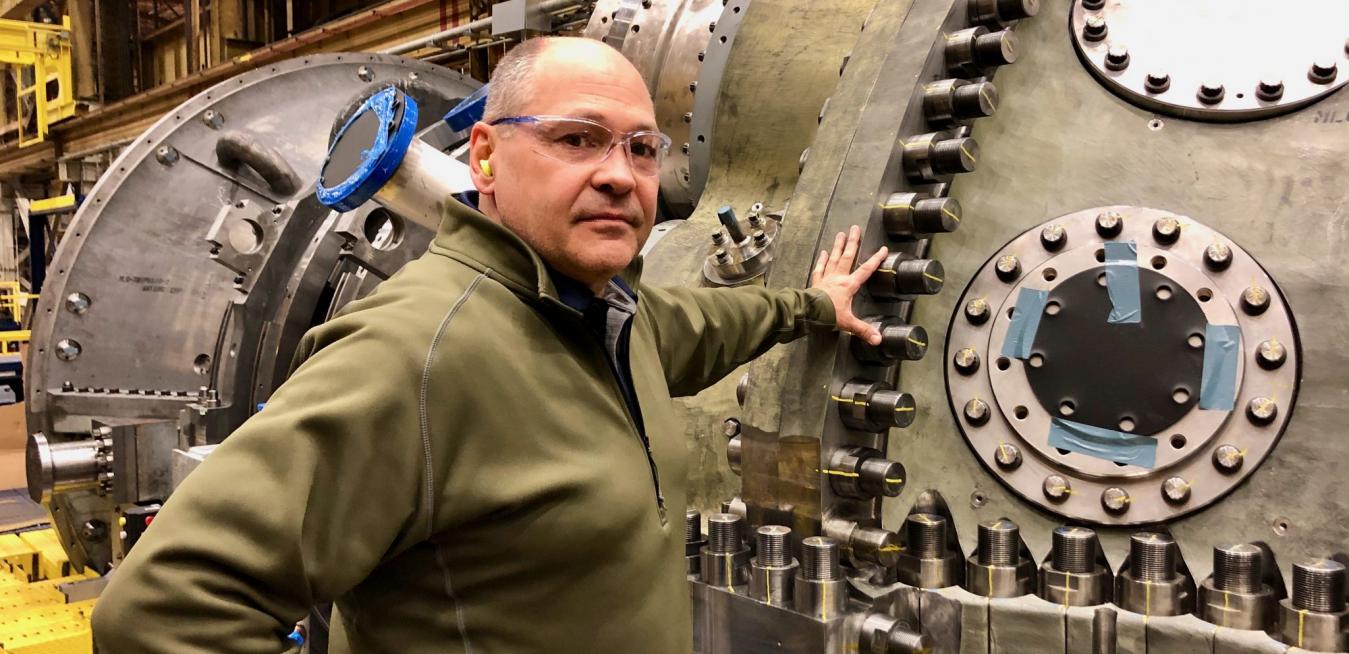Kurt Vonnegut’s science-fiction novel “Cat’s Cradle” revolves around a tricky compound called ice-nine that can turn water solid at room temperature. Vonnegut, who worked for GE in the 1950s as an in-house journalist, came up with many beautifully outlandish plots for his best-selling books. But ice research was hitting close to his beat as well as his home.
When Thomas Edison received a patent in 1880 for his “system of electrical distribution,” it was only the latest in a line of inventions that had made the GE co-founder famous around the world. With powerful backers that included J.P. Morgan and other members of New York’s moneyed elite, he quickly used the patent to pitch the city on electrifying a portion of lower Manhattan and illuminating it with his bulbs.
Researchers have been growing mini organs in the lab to understand the effects of the new coronavirus on the body, the anti-COVID-19 drug remdesivir is being tested in inhaler form, and a collaboration of chemists from Germany and Tennessee found a better way to produce a superthin, superstrong supermaterial. Read on for more of the week’s supercool scientific findings.
Ever since Charles Brush built the first wind-powered generator in Cleveland, Ohio, in 1887, engineers have been looking for a practical way to squeeze more power out of wind turbines, stretching their blades and making them grow taller. Now a combination of 3D printing, materials science and robotics could unleash a new growth spurt for the industry.
In the wild, a meerkat like 5-year-old Mark would spend much of his day foraging with his family group, snacking on anything from insects to reptiles to small mammals. But as a resident of the Cincinnati Zoo & Botanical Garden, the small, burrowing mammal receives his meals at predictable times from the zoo’s animal care staff. It’s safe and reliable, but often lacking the thrill of the chase.
Ever since he was a young bicycle racer in Greece in the 1980s, Dimitris Katsanis has been tinkering with ways to make bikes go faster. Now a celebrated bike designer, Katsanis became an icon in Britain when the bikes he created for its Olympic track cycling team helped win a slew of medals in Beijing in 2008 and London in 2012.
Later this year GE’s most advanced magnetic resonance imaging (MRI) system will be installed at Mātai, the medical imaging research and innovation centre in Tairāwhiti Gisborne. Leading the charge to use the technology to its fullest is New Zealander Dr Samantha Holdsworth, Mātai CEO, who knows how MR can produce astoundingly detailed images of the body—from brain to blood vessels and bones.
On April 30, the second Boeing 777X airplane successfully completed its test flight, cruising 2 hours and 58 minutes over Washington state and landing at Seattle’s Boeing Field.
Powered by the GE9X engine, the new 777X is the world’s largest and most efficient twin-engine jet. Boeing flew the first 777X in late January.
GE posted its first-quarter earnings on Wednesday. Reflecting on “a challenging quarter,” GE Chairman and CEO H. Lawrence Culp Jr. said “the world has fundamentally changed” in the eight weeks since he last updated analysts and investors. “This was a challenging quarter for GE, especially in Aviation, where we saw a dramatic decline in commercial aerospace as COVID-19 spread globally in March,” Culp said.
Categories
tags
In the last half-century, the GE Gas Power plant in Greenville, South Carolina, has experienced the same kind of dizzying roller coaster ride as the city where it’s located. Founded some 200 years ago on the Reedy River, Greenville grew into a textile manufacturing hot spot and a paragon of Southern hospitality — until the 1970s, when the city’s downtown took a turn. Mills closed, hotels shuttered, and the clattering trams carrying riders on shopping errands and to business lunches fell silent.
